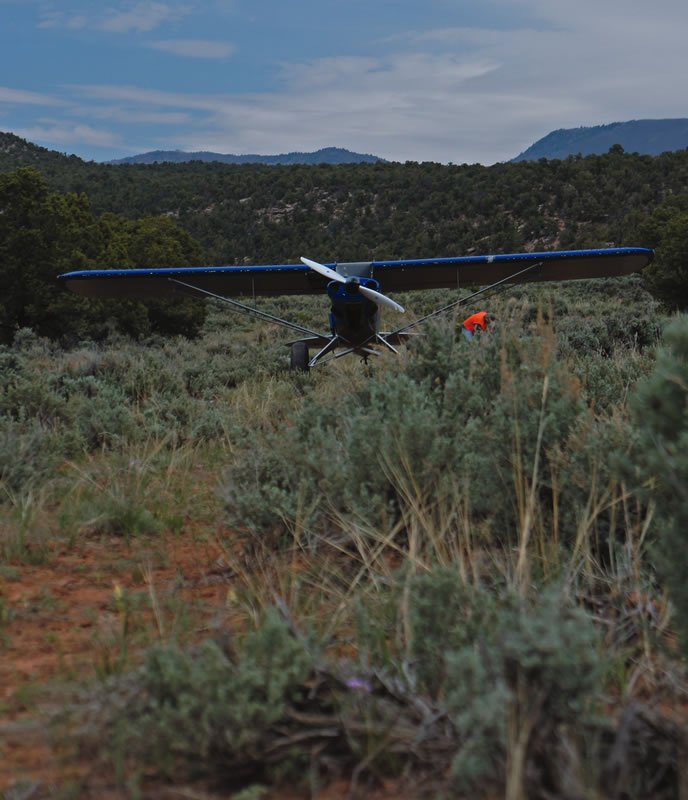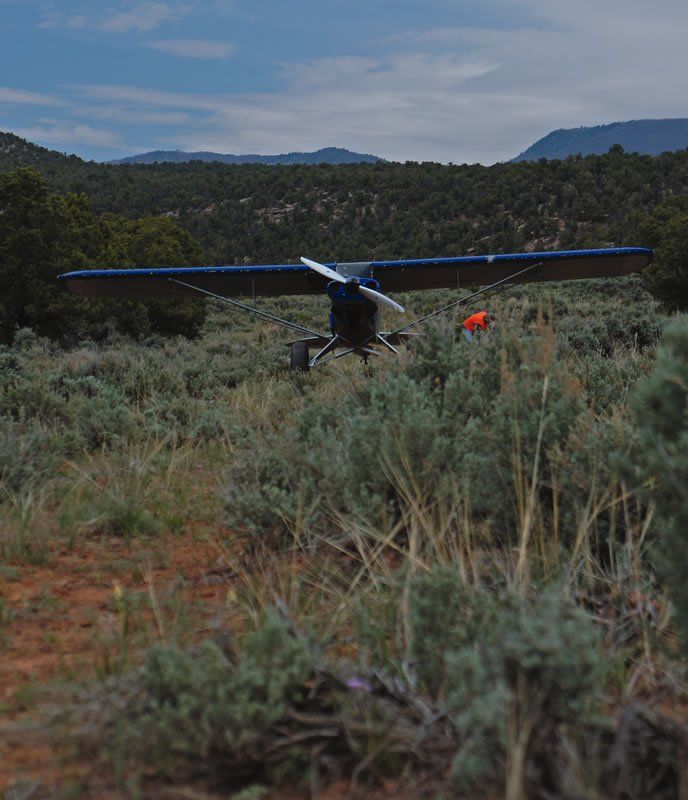My personal advanced goals mostly center around backcountry flying. I have had numerous initial and advanced courses, and I’ve been fortunate to be able to visit backcountry airstrips in California, Idaho, Montana, Oregon and Utah. The better I get at backcountry flying, the more places I’m able to visit safely and the more places I want to go.

That said, the Recreational Aviation Foundation (RAF) discourages “bagging airstrips,” the practice of landing at backcountry airstrip for practice or just to say you were there. There are good reasons for RAF’s policy. Bagging airstrips runs counter to the wilderness ethic and the full enjoyment of these places by others. While the attraction of the backcountry is its lack of people, the wilderness ethic disappears when there are mass fly-ins or excessive mountain flying seminars in otherwise quiet places designated national wilderness areas. Excessive use may lead to more restrictions and, in some cases, landing quotas or other limitations. In short, backcountry airstrips are not a place for touch-and-go landings; they are places to stop and stay a while.
The wilderness ethic creates a dilemma for backcountry pilots like me. To get good at backcountry takeoffs and landings, you need experience, but practicing backcountry flying in the wilderness is discouraged because it detracts from the very wilderness qualities that make it worthwhile.
The solution is building proficiency outside the wilderness to the point you are comfortable landing in increasingly remote and challenging terrain. Most mountain flying instructors understand this ethical balance and will conduct the majority of their training in more accessible locations prior to turning you loose to tame the wild country.




